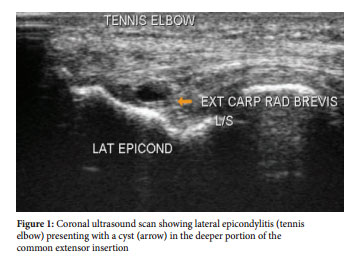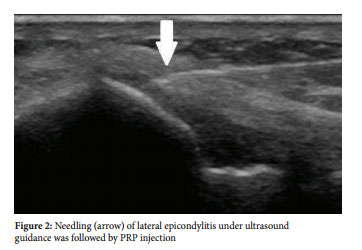Platelet-Rich Plasma Injections to promote healing of soft tissue injuries
Pierre Vassallo
The healing of bone and soft tissue injuries takes place in many stages. This has been one of the most exciting areas of research in orthopedic surgery and sports medicine. The initial healing stages include inflammation and cell proliferation.
It is well known that platelet activation plays a key role in the process of wound and soft tissue healing. Platelet-rich plasma (PRP) is obtained from the patient’s own blood by a simple technique that increases the platelet concentration above baseline; local injection of this PRP promotes healing of injured tendons, ligaments, muscles and joints. Platelets and the liquid plasma portion of the blood contain many factors that are essential for the cell recruitment, multiplication and specialization that are required for healing.
This technique was initially used in the 1990s in maxillofacial and plastic surgery. PRP injections are prepared under strict aseptic technique. The sample is centrifuged to obtain an increased platelet concentration and the activated platelets are injected into the abnormal tissue. The injection must be delivered as close to or preferably within the injury site. Ultrasound imaging allows identification of the injury site (Figure 1) and accurate delivery of the PRP injection (Figure 2). This results in a release of growth factors that recruit and increase the proliferation of reparative cells.
Reactions to PRP injections are very rare since the patient’s own blood is being utilized. Rest from sport or excessive exertion is advised following PRP injection for approximately one week. This is then followed by a progressive stretching and strengthening physiotherapy program.
Several clinical studies have reported that PRP injections are effective in improving function and decreasing pain in various conditions including elbow, wrist, shoulder, hip, knee and ankle tendonoses. PRP has also been show to improve healing in plantar fasciitis1 . Some studies have also reported improvement in symptoms of osteoarthritis
The most promising early results have been seen when PRP treatment was used for chronic tendon conditions, such as lateral epicondylitis (tennis elbow) and Achilles tendinosis.

However, some studies were unable to prove effectiveness of PRP injection in Achilles’ tendon injuries. Small studies have shown PRP treatment to be more effective than hyaluronic acid in osteoarthritis and positive results have also been seen in rotator cuff tears and medial collateral ligament knee injuries. Since it is such a safe procedure, PRP treatment can be considered for the treatment of soft tissue injuries. More research is required to optimize and standardize this mode of treatment.
Most sources recommend that anti-inflammatory medications should be stopped prior to administering a PRP injection so as not to interfere with the effect of PRP on the inflammatory response and healing. In addition, since PRP contains endogenous growth factors, it is considered by some agencies as a performance-enhancing substance.
The World Anti-Doping Agency and the United States Anti-Doping Agency forbid the use of PRP within muscles because of the possibility that growth factors may enhance the individual’s performance. There is however no data to suggest that PRP truly acts as a performance-enhancing substance. Most sports agencies have not addressed the issue.

Reference
1. Franceschi F et al. Platelet-rich plasma injections for chronic plantar fasciopathy: a systematic review. Br Med Bull. 2014 Sep 19. pii: ldu025.
Further Reading
Rodriguez-Merchan EC. Intraarticular Injections of Platelet-rich Plasma (PRP) in the Management of Knee Osteoarthritis. Arch Bone Jt Surg. 2013 Sep;1(1):5-8. Epub 2013 Sep 15.
Moraes VY et al. Platelet-rich therapies for musculoskeletal soft tissue injuries. Cochrane Database Syst Rev. 2013 Dec 23;12:CD010071.
Chang KV et al. Comparative effectiveness of platelet-rich plasma injections for treating knee joint cartilage degenerative pathology: a systematic review and meta-analysis. Arch Phys Med Rehabil. 2014 Mar;95(3):562-75.
Ahmad Z et al. The effect of platelet-rich plasma on clinical outcomes in lateral epicondylitis. Arthroscopy. 2013 Nov;29(11):1851-62.

